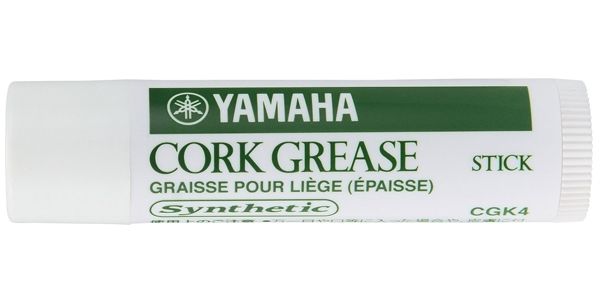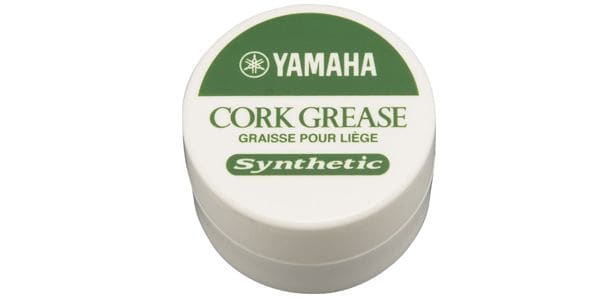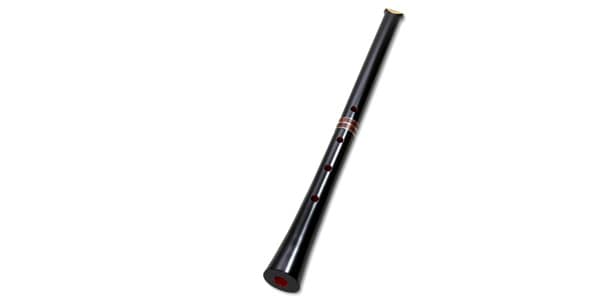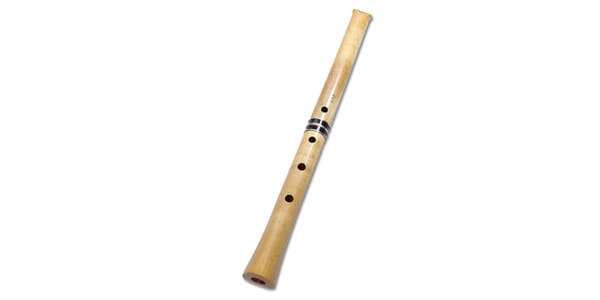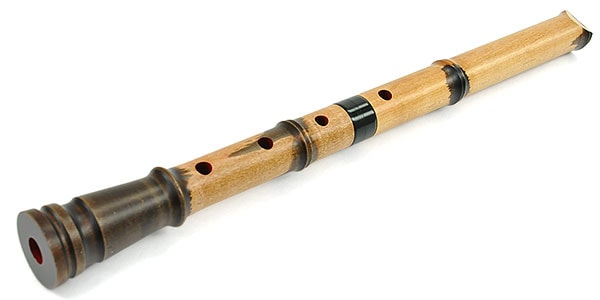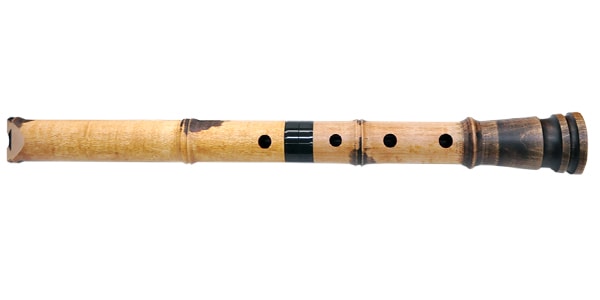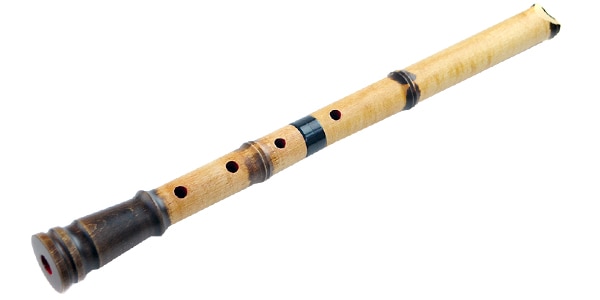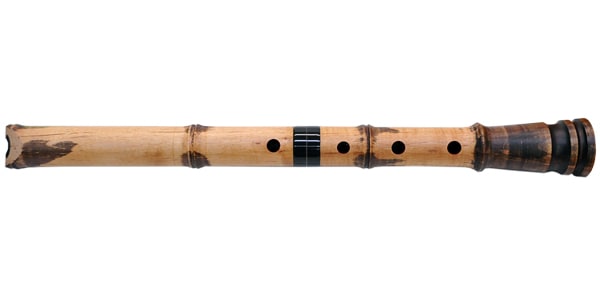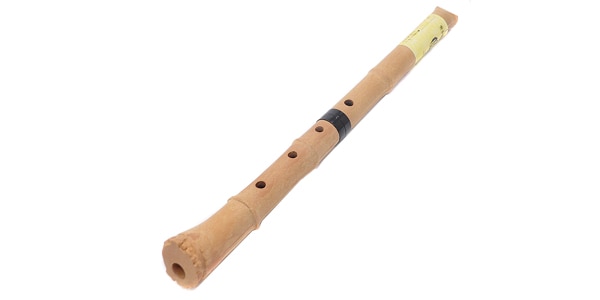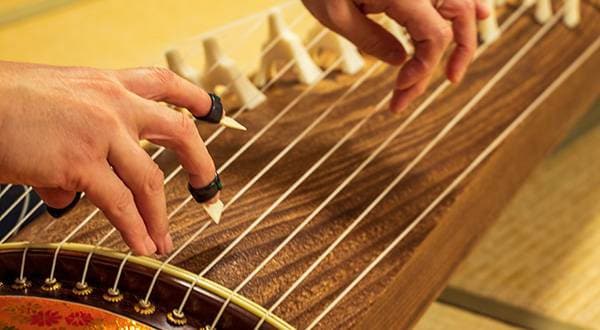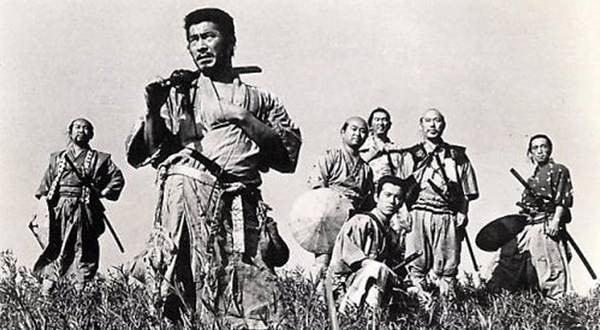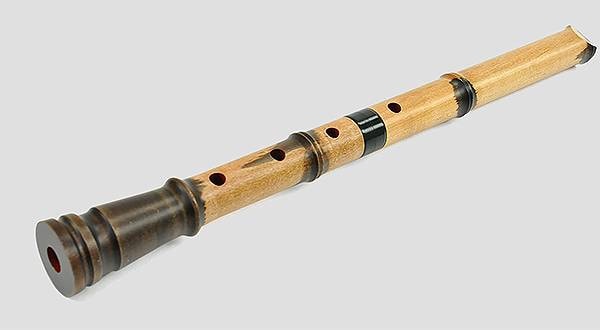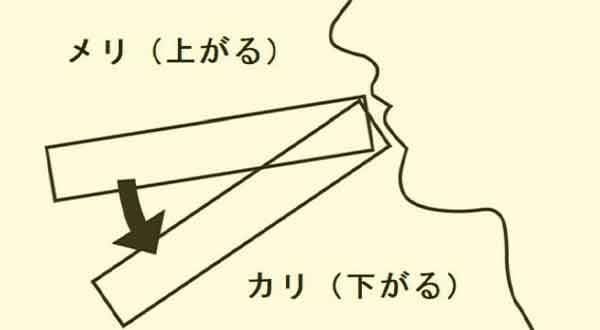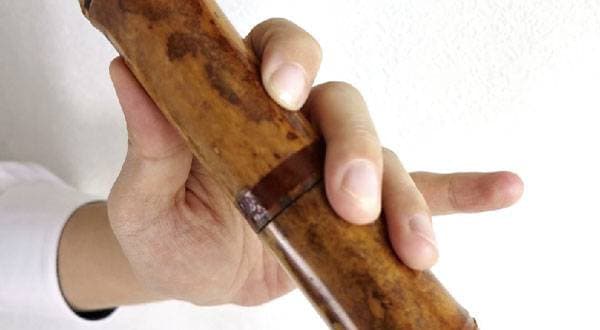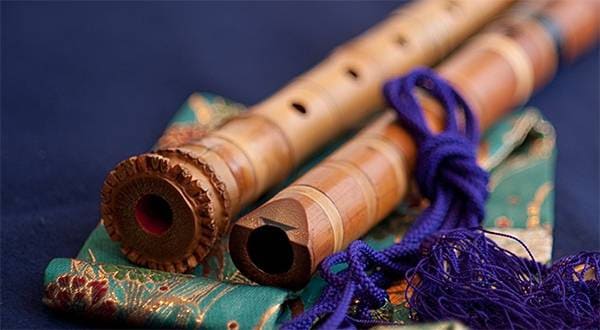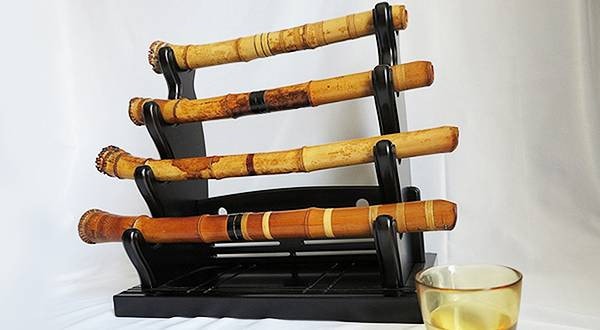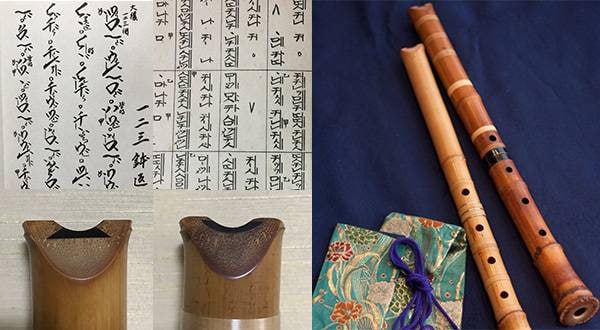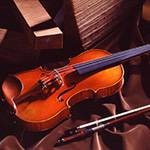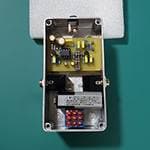
Most shakuhachi are disassembled into two parts from the section called Nakatsugi. Plastic shakuhachi can be disassembled relatively easily, but bamboo shakuhachi are very difficult to disassembled due to humidity, and if you try to remove it forcibly, it may break. This time, I would like to introduce how to separate the Nakatsugi and tip of the shakuhachi successfully.

Disassembling the shakuhachi into two parts makes it easier to carry. The part with the blower is called the Joukan and the one with the root is the Gekan. There is a shakuhachi called Nobekan which cannot be disassembled, but many shakuhachi can be disassembled into two.
he shape of bamboo changes slightly depending on the temperature and humidity, so the ease of removing bamboo varies with the season. When the humidity is high, such as during the rainy season, bamboo absorbs moisture and expands, and then shrinks in winter when the air is dry.
Spring, summer ⇒ difficult to disassemble
Fall, winter ⇒ easy to disassemble
"Why is it possible to disassemble it in two?" One reason is that it is easier to carry, but the main reason is that it is easier for the producer to make and tune.
~How to remove~
It seems that there are various ways to disassemble shakuhachi depending on the person, but I will introduce the way I learned from my Sensei.
① Put your thumb in the 4th hole.

② Hold the index finger and middle finger on the Joukan, and the ring finger and little finger on the Gekan.

③ Make a fist with your other hand and tap your wrist gently below the thumb.

④ At this time, the trick is to put a little force so that the thumb pushes forward and the middle and ring fingers open outward.

⑤ If you tap several times, a gap will appear in the Nakatsugi.

⑥ Continue tapping further to widen the gap and pull it out straight slowly.

⑦ Done

There are people who often twist the shakuhachi to disassemble it, but some bamboo shakuhachi and old shakuhachi that have been manufactured long ago have an oval shape joint, so never turn it. Let's do it right.
If it is turned forcibly, the lacquer or the bamboo may crack.
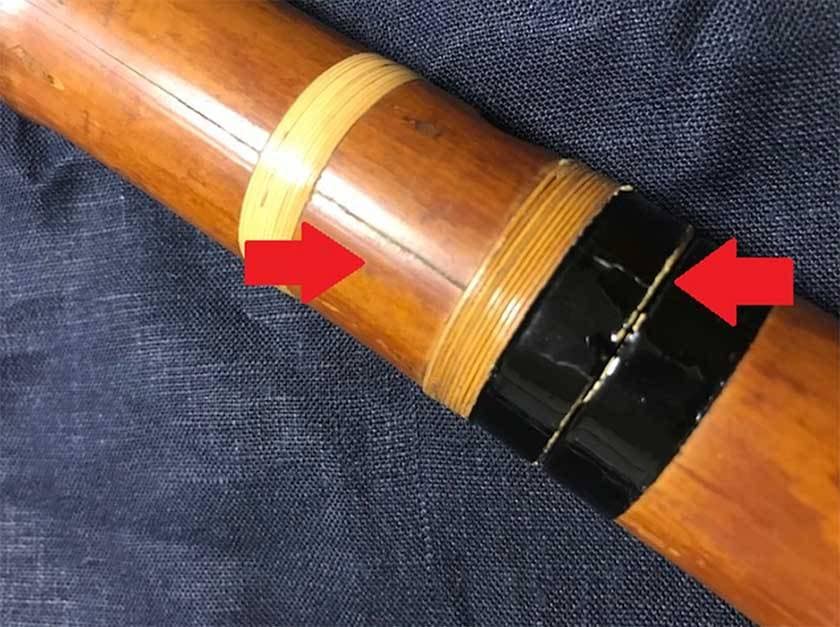
Shakuhachi made of materials other than bamboo, such as wooden (maple) or plastic shakuhachi made in the last 20 to 30 years, often have a joint is almost circular, so I think it is safe to turn it a little.
~How to reassemble~
When connecting the upper and lower tubes, align the finger holes and insert straight.
× Finger holes are out of alignment

〇 Align the finger holes and insert straight

It is recommended that you apply the following grease to reduce friction and make it easier to disassemble and reassemble.





